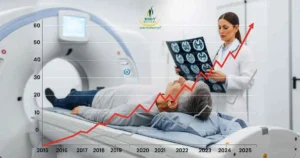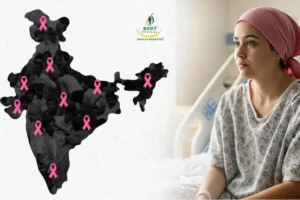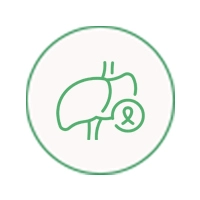The year 2020 was a time of darkness. COVID-19 hit globally and it was like the world stopped. Amidst continuous sad news, an announcement of the eradication of Cervical cancer in the next 100 years came like a ray of hope in the darkness.
Cervix or cervical cancer is an uncontrolled tumour of the cervix (the lowermost part of the uterus). On November 17, 2020, the World Health Organisation (WHO) boosted a global strategy to eliminate cervical cancer as a public health problem from the face of the earth. Being a preventable form of cancer (if diagnosed at an early stage), cervical cancer is one cancer the world has the capability of actually demolishing from the roots.
Studies show that the human papillomavirus (HPV) causes 99% of the cervical cancer cases. Most sexually active women have an 80% lifetime risk of contracting HPV which could potentially become the cause of cervical cancer.
How HPV Vaccine can help?
Administering the HPV vaccine before a person is exposed to the virus can prevent most cases of cervical cancer. Apart from Cervical Cancer, the vaccine can prevent vaginal and vulvar cancer in women, and can also prevent genital warts and anal cancer in women and men. Widespread immunisation with the HPV vaccine could reduce the impact of cervical cancer worldwide.
WHO’s strategy for defeating cervical cancer depends on the following three pillars:
- Prevention through vaccination
- Screening and treatment of precancerous
- Treatment and care for invasive cervical cancer
Implementing the three pillars collectively with the ultimate goal of elimination is essential for their effectiveness. HPV vaccination provides long-term protection against cervical cancer.
Screening and treatment of precancerous lesions can prevent pre-cancer from developing into full-grown cancer. Timely care and treatment can save lives for those diagnosed with invasive cancer.
We can defeat cervical cancer
It is now the time to spearhead the elimination of cervical cancer as a global health problem. As the citizens of the world, it is our collective responsibility to bring it to realisation: policymakers, healthcare providers, civil society, the research community, and the private sector all have important roles to play in this.
The time to act is ‘NOW’.



























